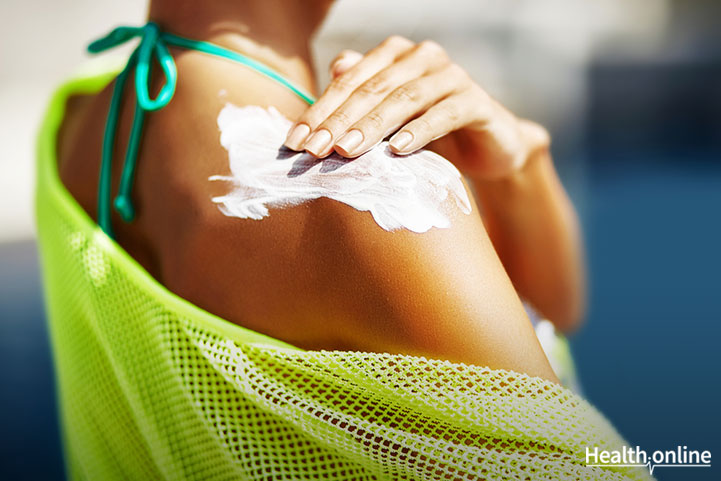
Zinc Oxide: A Safer and More Natural Sunscreen
With global warming, the scorching of the sun is increasing day by day. It is no longer entirely safe to venture outside even for a stroll without a sunscreen. Talking about sunscreen, we had relatively fewer options in past decades. But today, there is no dearth of sunscreen products. The companies behind them all boast of unique ingredients in their offerings.
The question is, can we trust those claims and those products? What happens if something goes wrong when we use those products? With these questions boggling us daily, we must look for healthier and proven alternatives. If you agree, then zinc oxide is probably what you’re looking for. Zinc oxide is a powdered form of the mineral, used as a sunscreen and as a part of makeup and acne treatments.
What is zinc oxide?
Zinc oxide is a natural mineral found in the crust of the earth. This zinc is processed to produce zinc particles. This is also known as zinc white, the flower of zinc, zinc flowers or philosopher’s wool.
Difference between chemical sunscreen and mineral sunscreen
Before understanding how zinc oxide works, you must know how a chemical sunscreen differs from a mineral sunscreen. Chemical sunscreens contain sun protective factors in the form of chemical substances, that have to be applied to the skin at least 20 minutes before exposure to the sun. When the UV rays of the sun strike the chemical particles of the sunscreen, they convert into another compound to protect the skin. The disadvantage of this is that chemical sunscreens are not all that efficient, and offer very narrow protection.
On the other hand, mineral sunscreens are physical barriers that prevent the penetration of the skin by UV rays. This is moderately safer, as there are no chemical reactions involved. Furthermore, it acts immediately.
What makes Zinc oxide special?
After learning the difference between chemical and mineral sunscreens, here are the features of zinc oxide that make it stand apart.
- Zinc oxide is a physical barrier. Zinc oxide cream forms a layer between your skin and the UV rays and reflects the harmful rays. Since it does not harbor any chemical reaction, it is practically safe.
- Zinc oxide blocks both UVA and UVB rays.
- Zinc oxide is approved by the FDA.
- The protection offered by zinc oxide is broad compared to that offered by chemical sunscreens.
- Zinc oxide is chemically stable, which means that it does not break down into other components when stored on the shelf.
- Zinc oxide is not seen on the skin, which makes it more favorable than titanium dioxide.
- Zinc oxide does not penetrate the skin and is purely topical.
- Zinc oxide does not cause irritation or other skin allergies.
- Zinc oxide is non-toxic.
The best part of zinc oxide sunscreen, of course, is that it is 100% natural!
So how can you use zinc oxide?
You can avail of the many benefits of zinc oxide that have been discussed above, by purchasing natural sunscreen products that use zinc oxide as one of the active ingredients. Alternatively, you can include zinc oxide in a homemade natural sunscreen, by adding a couple of tablespoons of zinc oxide powder to the mixture of essential oils. Do be sure not to accidentally inhale the zinc oxide while handling it.




